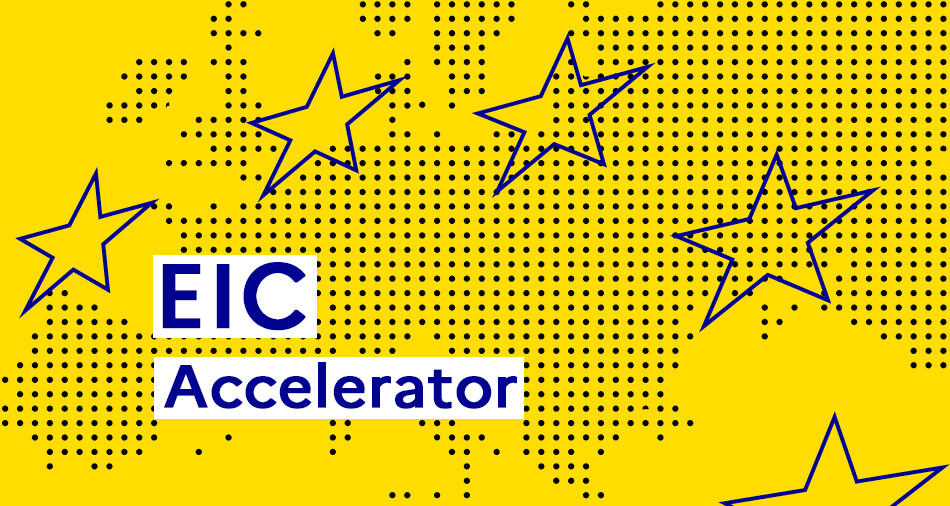ExpectedOutcome:
The successful proposal will be contributing to the European Green Deal objectives including the need to address climate change mitigation and adaptation, pollution and biodiversity loss, through up-taking, integrating, further deploying and exploiting environmental observations.
The successful proposal will be contributing to the European strategy for data, the European digital strategy and support Destination Earth with the development of Digital Twins. It will also be contributing to a strengthened Global Earth Observation System of Systems (GEOSS)[1] and improvement of data and modelling services provided by European programmes such as Copernicus[2] - marine, climate, land, and emergency services and the European Marine Observation and Data network (EMODnet)[3] - and ensure enhanced coordination with ESA relevant activities as part of the EC-ESA Earth System Science Initiative[4] and in particular with the activities of the ESA Ocean Science Cluster (oceansciencecluster.esa.int).
The successful proposal is expected to contribute to all of the following outcomes:
- Increased availability of integrated in-situ observations at the land-sea interface, with particular emphasis on river mouths, estuaries and deltas in Europe;
- Improved hydrological, biogeochemical, ecological and coastal modelling based on the integration and combination of these new sources of in-situ observations remote sensing data and their combination at the land-sea interface;
- Enhanced networking between the relevant observation communities (in-situ, airborne, satellite, citizen science, etc.) and training of the citizen science community in the approach to the observation of the land-sea interface making use of newly developed low-cost instrumentation;
- Strengthened coordination between Earth observation communities in the land and marine domains, including hydrology, and between the in-situ data collection and satellite ocean communities (e.g., ESA Ocean Science cluster activities), and better integration of observation and modelling science communities working on applications close to shore, to ensure consistency and cross-validation of different types of observations and foster complementarity and enhanced integration into advanced products and multisource information.
Scope:
Fit for purpose in-situ Earth observations are essential for understanding environmental systems and assessing feedback loops/impacts in important interfaces, as is the land-sea interface at the coastal zones. Especially through the contribution of satellite data, there are still important gaps to be addressed to integrate in-situ Earth observations from the terrestrial and marine domains. There is a need for increased capacity to assess trans-domain impacts, develop and validate detailed models and forecasting applications in the land-sea interface. In the framework of the Digital Twin Ocean (DTO) and Destination Earth (DestinE)[5], the development of integrated observation capacities between land and sea, in the coastal zones and beyond, is necessary to address priorities. These can include the decrease of pollution, protection and conservation of biodiversity and prediction/adaptation to climate change effects related to e.g., erosion, to the loss of land and ecosystems, land and coastal marine heatwaves, acidification, storm surges, floods and salinization. Specific attention should be given to the sea effect on coastal lands (loss of land, habitat, soil salinisation, etc.), the lateral flux of carbon from terrestrial to coastal ecosystems and marine carbon stocks at the coast, observations gaps and integration (suitability of land observations to measure impact at sea and vice versa).
Proposals should address the following:
- Assessment of current in-situ observing capabilities and protocols of the terrestrial and marine domains, including hydrology, with emphasis on the coastal zones and focus on terrestrial/hydrological input to the sea (delta’s, river input, agricultural and other run-off, etc.), including issues of spatial and temporal resolution, identification of important gaps and proposals for viable, long-term approaches to address them;
- Development of methods, tools, technologies and processes to fill the identified gaps following the assessment and to increase integrated observing capacity in the coastal zones and in the land-sea interface (including hydrological inputs). These developments should also contribute to upgrading, enhancing and interconnecting the existing observing networks, developing new capacity when necessary;
- Development of interoperability standards between terrestrial and marine data and coordination of existing observation services and networks (EMODnet, Copernicus, GEOSS, WISE, LUCAS, INSPIRE etc.) to promote freely available and uninhibited flows of FAIR[6] data and to support the creation of data products in the land-sea interface; combination of in-situ observation from land and sea with satellite observation to fill otherwise unaddressed gaps;
- Advance forecasting and modelling capacity in the coastal zones, including for predicting hazardous events, addressing habitat and biodiversity loss, assessing lateral carbon fluxes across the land ocean continuum, addressing shoreline issues such as erosion, detecting/quantifying/managing the impacts of human activity and extreme events due to climate change, and the better integration of river runoffs into marine-related predictions (including the inflow of plastic and nutrient loads through rivers and estuaries);
- Developing close coordination and collaboration across scientific communities (e.g., in-situ data, satellite base observations) ensuring data consistency, cross-fertilisation and enhanced data integration.
This topic is part of a coordination initiative between ESA and the EC on Earth System Science. The EC-ESA Earth System Science Initiative enables EC and ESA to support complementary collaborative projects funded on the EC side through Horizon Europe and on the ESA side through the FutureEO programme [7].
The applicants under this topic shall enter into contact with the ESA Ocean Science Cluster[8] of the FutureEO programme, and include in their proposals activities to ensure coordination with ESA relevant actions.
Collaboration with the relevant existing European Research Infrastructures (such as JERICO or Danubius-RI) is highly recommended.
A strong cooperation, through e.g. networking and exchanges of information with relevant projects[9] and HORIZON-MISSION-2021: “EU Public Infrastructure for the European Digital Twin Ocean and HORIZON-MISSION-2021-05-01: “Underlying models for the European Digital Twin Ocean” is expected.
[1]https://www.earthobservations.org/geoss.php.
[2]https://www.copernicus.eu/en.
[3]https://emodnet.ec.europa.eu/en.
[4]https://eo4society.esa.int/communities/scientists/ec-esa-joint-initiative-on-earth-system-science/.
[5]https://digital-strategy.ec.europa.eu/en/policies/destination-earth.
[6]https://www.go-fair.org/fair-principles/.
[7]https://www.esa.int/Applications/Observing_the_Earth/FutureEO.
[8]https://eo4society.esa.int/communities/scientists/esa-ocean-science-cluster.
[9]In particular HORIZON-CL6-2021-BIODIV-01-03 (Understanding and valuing coastal and marine biodiversity and ecosystems services); HORIZON-CL6-2021-BIODIV-01-04 (Assess and predict integrated impacts of cumulative direct and indirect stressors on coastal and marine biodiversity, ecosystems and their services) and HORIZON-CL6-2022-BIODIV-01-01: Observing and mapping biodiversity and ecosystems, with particular focus on coastal and marine ecosystems”.





